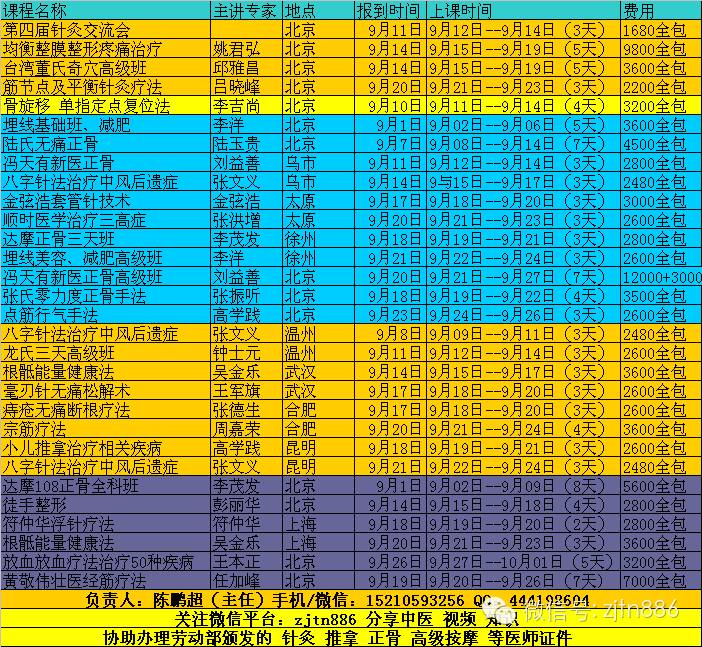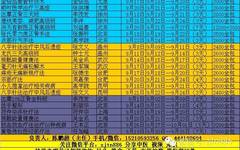1 Selection of Fine Needle Acupuncture Instruments
Currently, stainless steel needles are commonly used due to their resistance to rust, heat tolerance, and certain hardness, elasticity, and toughness. Gold and silver needles have poorer elasticity and are expensive, thus they are less frequently used. Before clinical application, it is essential to check the needles according to requirements to avoid causing unnecessary pain to the patient during the acupuncture procedure. When selecting needles, in addition to the aforementioned considerations, one should also take into account the patient’s gender, age, body type, constitution, the nature of the condition (deficiency or excess), the depth of the lesion, and the specific location of the acupuncture points to choose needles of appropriate length and thickness. For example, for a male patient who is robust and has a deep lesion, a slightly thicker and longer needle may be chosen. Conversely, for a female patient who is weak and thin with a shallow lesion, a shorter and finer needle should be selected. Generally, for acupuncture points located in areas with thin skin and little flesh, shorter and finer needles are preferred; whereas for points with thick skin and more flesh that require deeper insertion, slightly longer and thicker needles should be used. Clinically, the needle should be inserted to the required depth while leaving a small portion of the needle exposed above the skin. For instance, if the insertion depth is 0.5 cun, a 1.0 cun needle should be selected; if the insertion depth is 1.0 cun, a 1.5 to 2.0 cun needle should be chosen.
2 Selection of Patient Positioning for Fine Needle Acupuncture
The appropriateness of the patient’s position during acupuncture significantly affects the accurate localization of acupuncture points, the operation of the acupuncture procedure, the duration of needle retention, and the prevention of needle fainting, needle stagnation, bending, or even breaking. For patients who are severely ill or mentally tense, sitting positions may lead to fatigue and increase the likelihood of needle fainting. Additionally, improper positioning during the acupuncture procedure or while retaining needles can cause bending or breaking of needles due to patient movement. Therefore, based on the prescription and the location of the acupuncture points, it is essential to choose an appropriate position that facilitates accurate localization of the points, ease of operation, and prolonged needle retention without causing fatigue. Commonly used positions in clinical practice include:
① Supine position: Suitable for acupuncture points on the head, face, chest, abdomen, and parts of the upper and lower limbs. ② Lateral position: Suitable for acupuncture points on the side of the body along the Shaoyang meridian and parts of the upper and lower limbs. ③ Prone position: Suitable for acupuncture points on the head, neck, back, waist, and the dorsal side of the lower limbs and parts of the upper limbs. ④ Sitting position with back support: Suitable for acupuncture points on the forehead, face, and front of the neck. ⑤ Leaning forward sitting position: Suitable for acupuncture points on the back of the head, neck, and back. ⑥ Lateral leaning sitting position: Suitable for acupuncture points on one side of the head, cheeks, and areas around the ears.
In clinical practice, in addition to the commonly used positions mentioned above, certain acupuncture points may require different positions based on their specific requirements. It is also important to try to use a single position to needle all the acupuncture points listed in the prescription whenever possible, rather than adopting two or more positions. If two different positions must be used due to treatment needs and the characteristics of certain acupuncture point locations, flexibility should be exercised based on the patient’s constitution and condition. For first-time patients, those who are mentally tense, elderly, weak, or severely ill, it is advisable to use a supine position whenever possible to prevent fatigue or needle fainting.
3 Sterilization in Fine Needle Acupuncture
Strict attention must be paid to sterilization and disinfection in acupuncture. The scope of sterilization before acupuncture should include the acupuncture instruments, the physician’s fingers, and the patient’s acupuncture site.
① Sterilization of acupuncture instruments: There are many methods, but high-pressure steam sterilization should be used whenever possible. High-pressure steam sterilization involves wrapping the needles in cloth and placing them in a sealed high-pressure steam sterilizer. Generally, at a pressure of 1.0 to 1.4 kg/cm² and a temperature of 115 to 123°C, they should be maintained for more than 30 minutes to meet sterilization requirements.
Soaking in disinfectant solution: Needles can be soaked in 75% alcohol for 30 to 60 minutes, then taken out and dried before use. They can also be placed in a disinfectant solution (such as 0.1% chlorhexidine combined with 0.5% sodium nitrite). The needle tray and tweezers that come into direct contact with the needles must also be disinfected. Sterilized needles must be placed in a disinfected needle tray and covered with sterilized gauze.
② Disinfection of the physician’s fingers: The physician’s hands must be thoroughly washed with soap and water or wiped with alcohol swabs before handling the needles.
③ Disinfection of the acupuncture site: The skin at the acupuncture point should be wiped with a cotton ball soaked in 75% alcohol, starting from the center and moving outward in a circular motion. Alternatively, 2% iodine tincture can be applied first, allowed to dry slightly, and then wiped with 75% alcohol to remove the iodine. After disinfecting the acupuncture site, it must remain clean to prevent recontamination.


